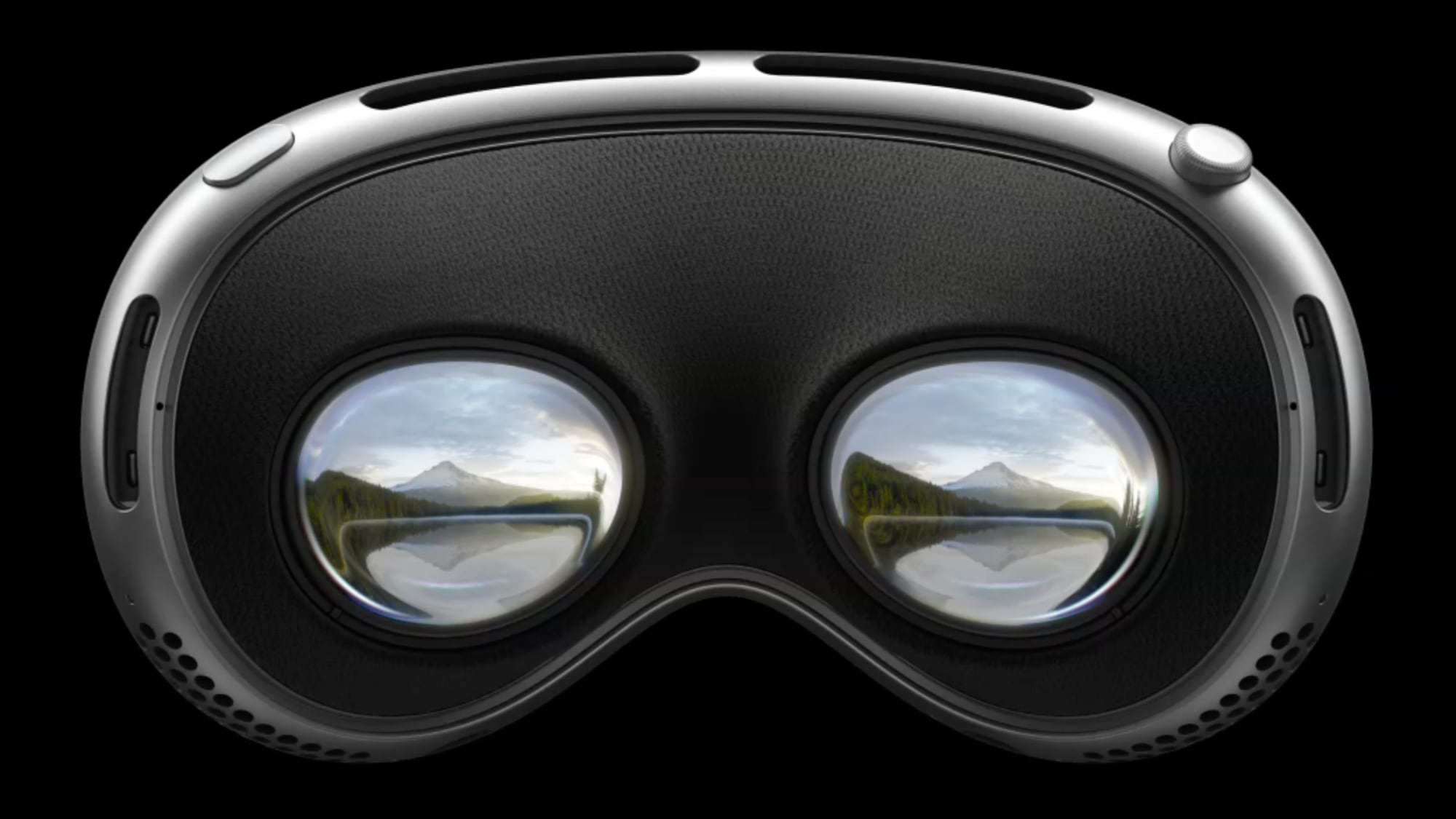
LG and Samsung have prototyped micro-OLED displays with tandem OLED technology, according to Korean publication Sisa Journal, paving the way for a future model of Apple's Vision Pro mixed-reality headset to potentially adopt the technology.

The report said it is unclear if or when LG and Samsung will begin mass production of tandem micro-OLED displays, but with a second-generation Vision Pro not expected to be released until late 2026 at the earliest, there is still time for the two companies to commercialize the technology for potential inclusion in the next model.
Earlier this year, Apple released new iPad Pro models with tandem OLED displays, which have two organic light-emitting layers stacked together for increased brightness, improved power efficiency, and longer longevity compared to single-layer OLED displays. These same benefits would extend to a future Vision Pro that adopts the technology.
Here is how Apple described the iPad Pro's tandem OLED technology:
The current Vision Pro is equipped with two 4K micro-OLED displays supplied by Sony.The Ultra Retina XDR display features state-of-the-art tandem OLED technology that uses two OLED panels and combines the light from both to provide phenomenal full-screen brightness. The new iPad Pro supports an incredible 1000 nits of full-screen brightness for SDR and HDR content, and 1600 nits peak for HDR. No other device of its kind delivers this level of extreme dynamic range. Tandem OLED technology enables sub-millisecond control over the colour and luminance of each pixel, taking XDR precision further than ever. Specular highlights in photos and video appear even brighter, and there's more detail in shadows and low light than ever before on iPad — all while delivering even more responsiveness to content in motion.
All in all, the technology now exists for the next-generation Vision Pro to feature even brighter and more power efficient displays in a few years from now.
Article Link: iPad Pro's Tandem OLED Display Tech Could Extend to Future Vision Pro
Last edited:

